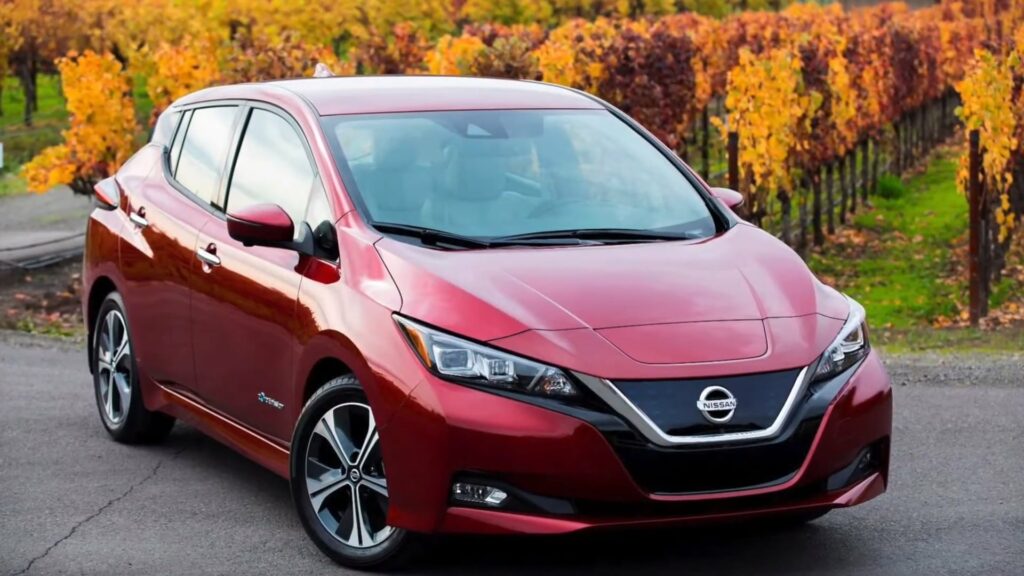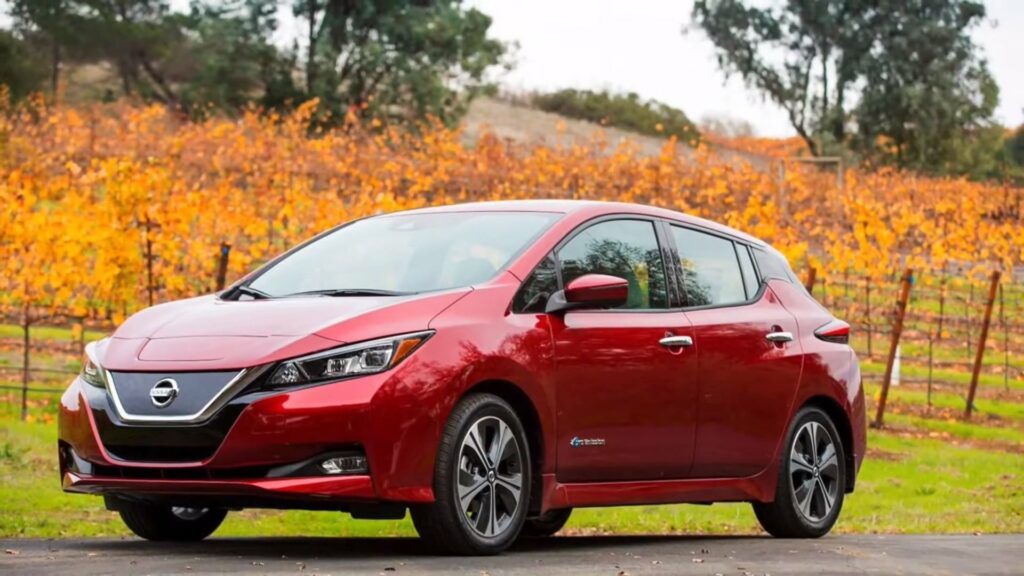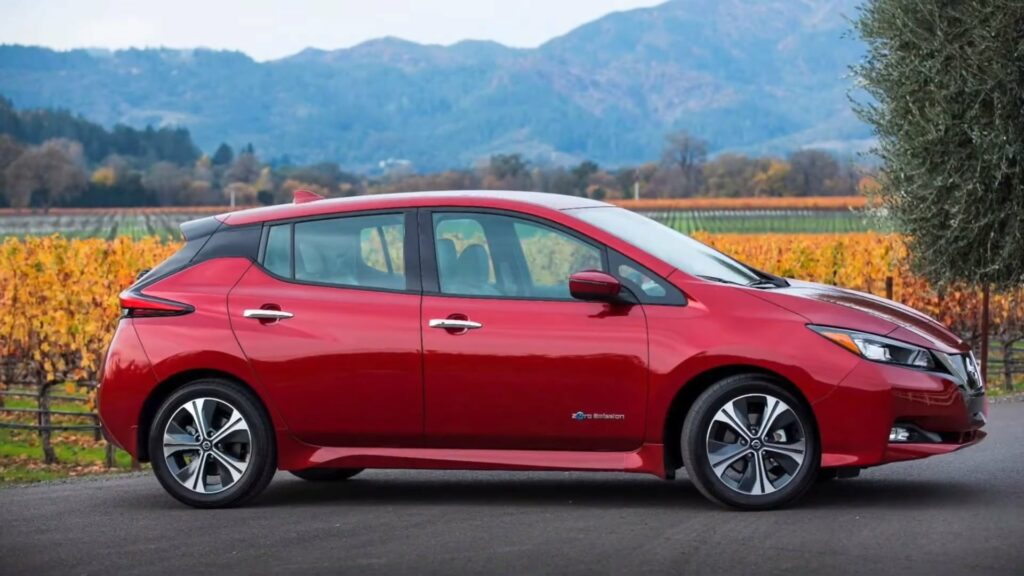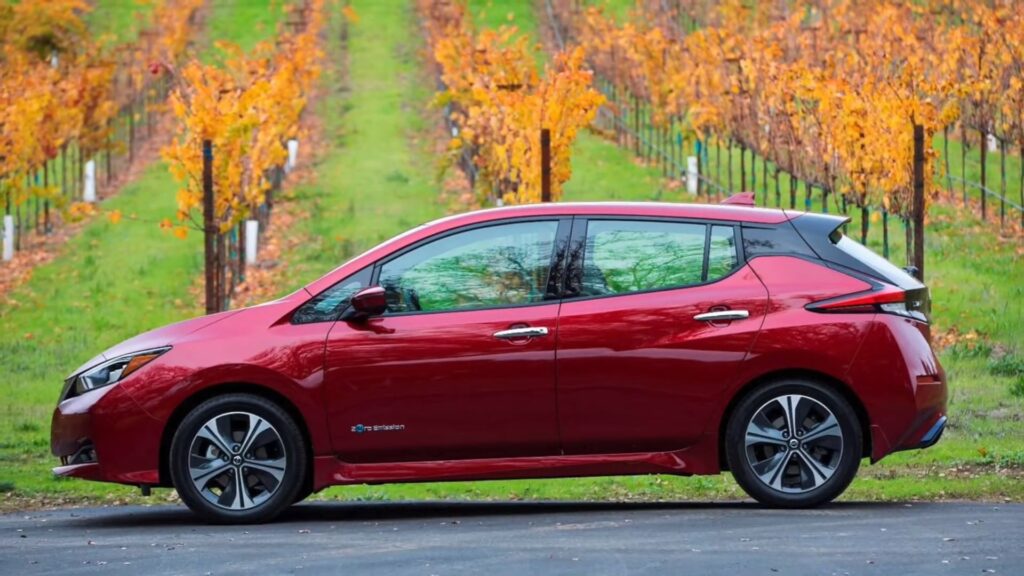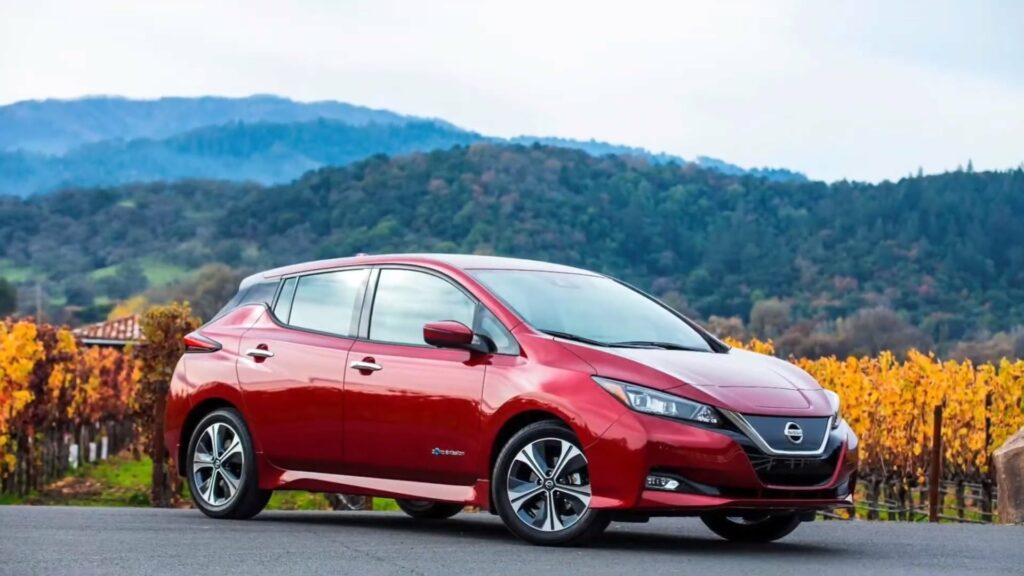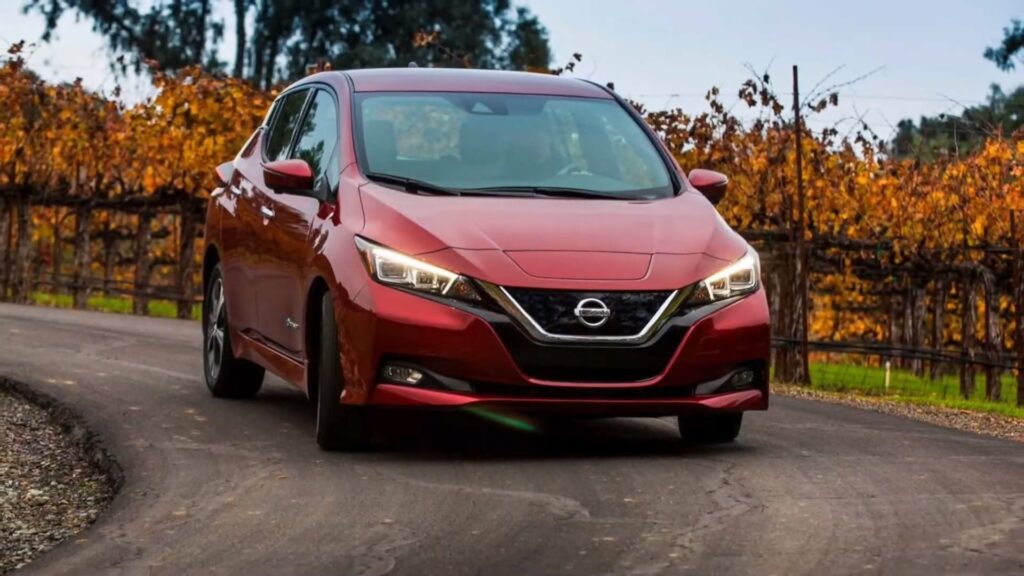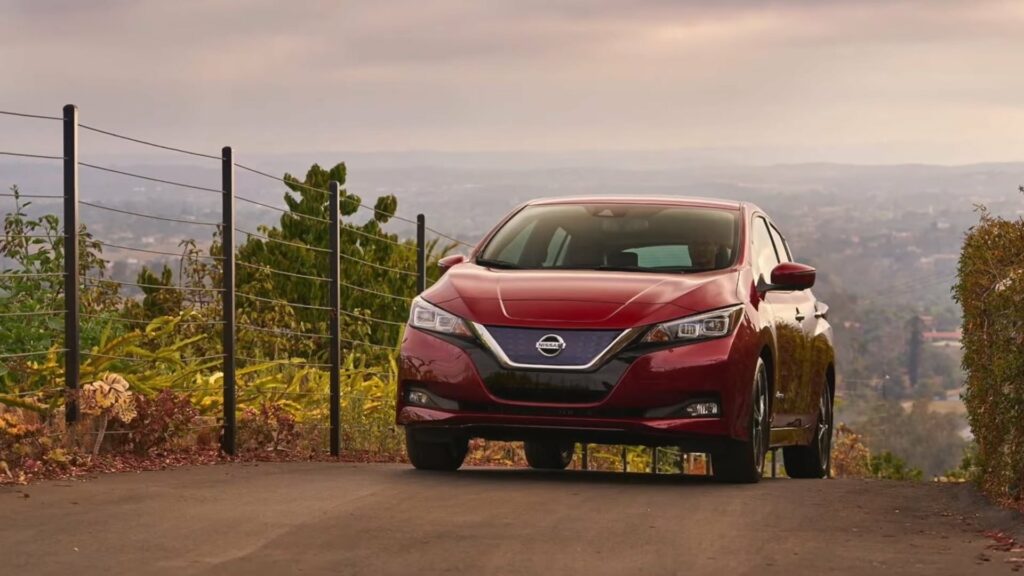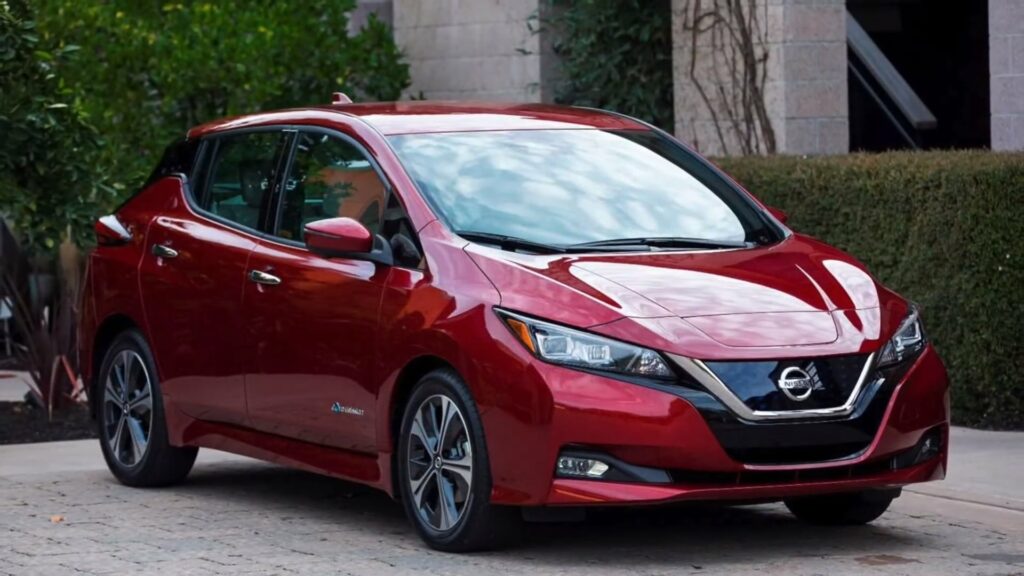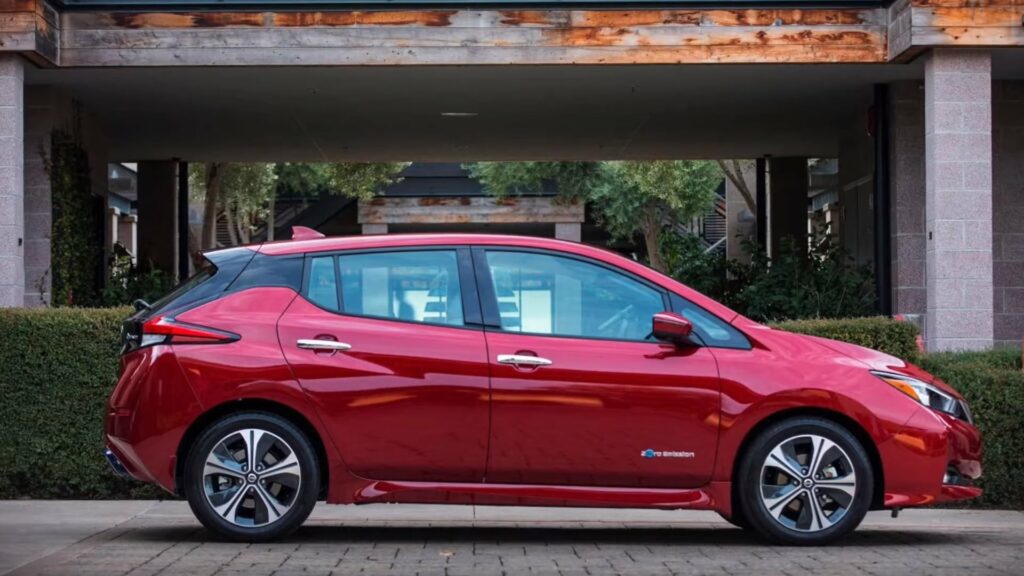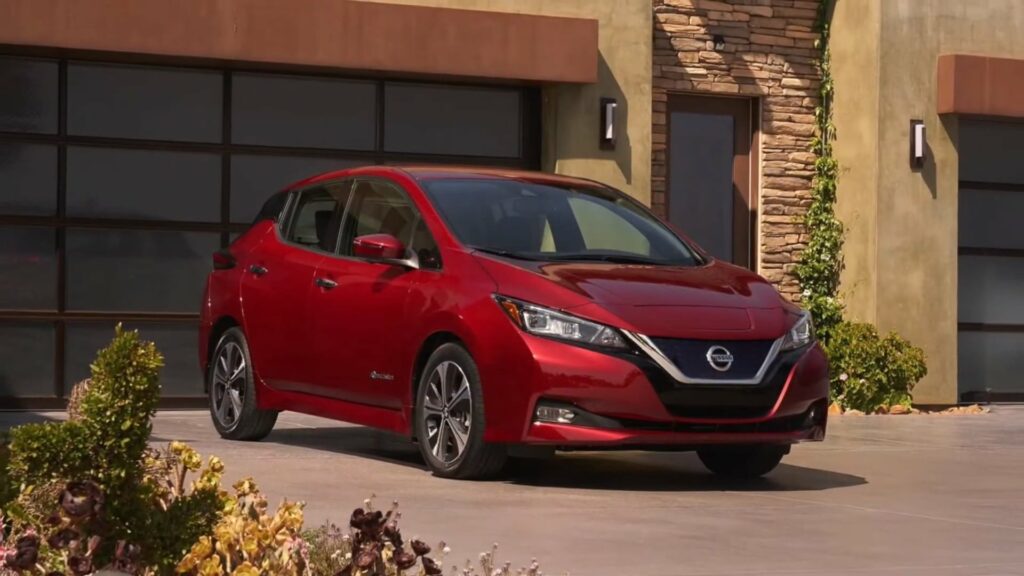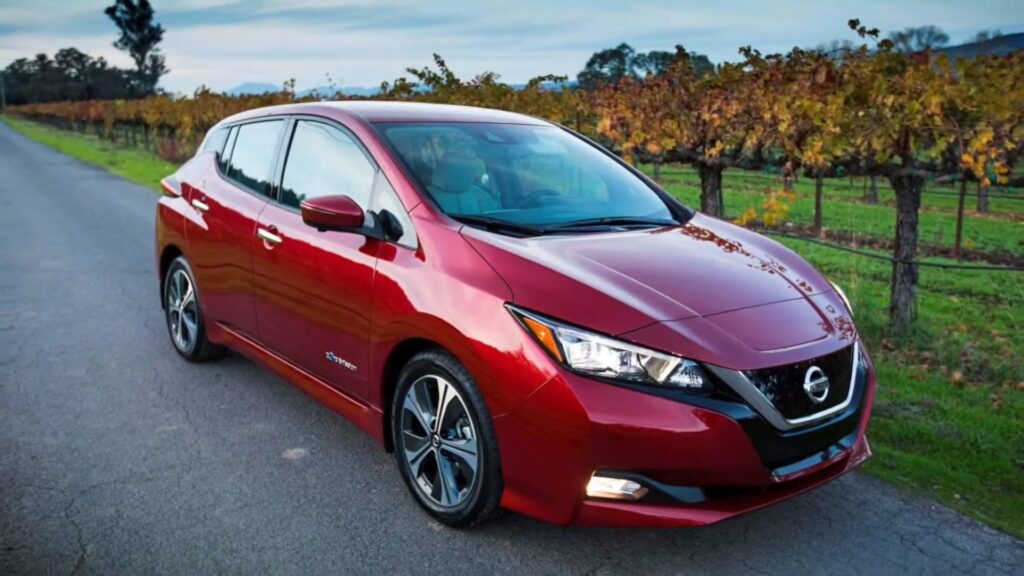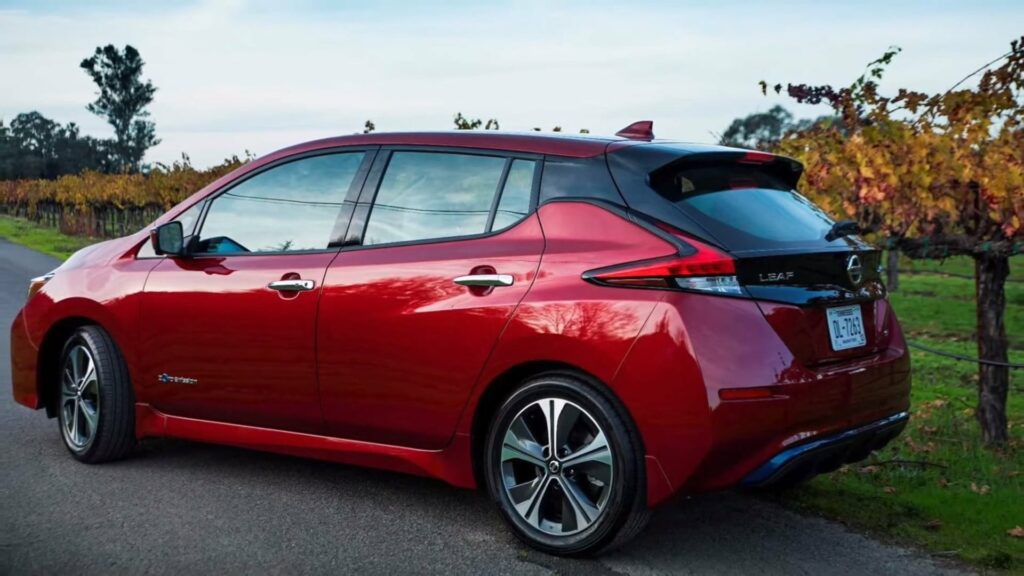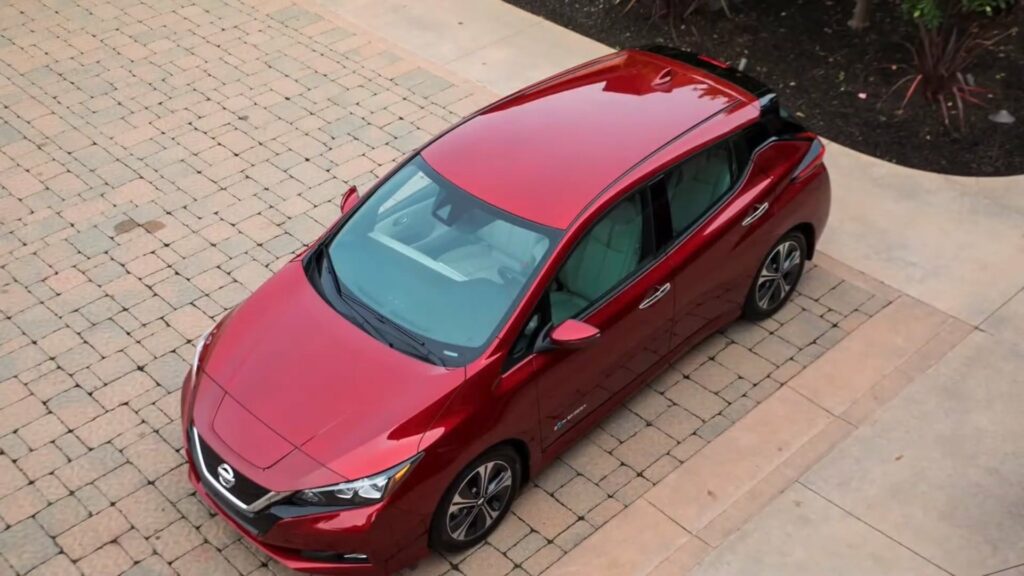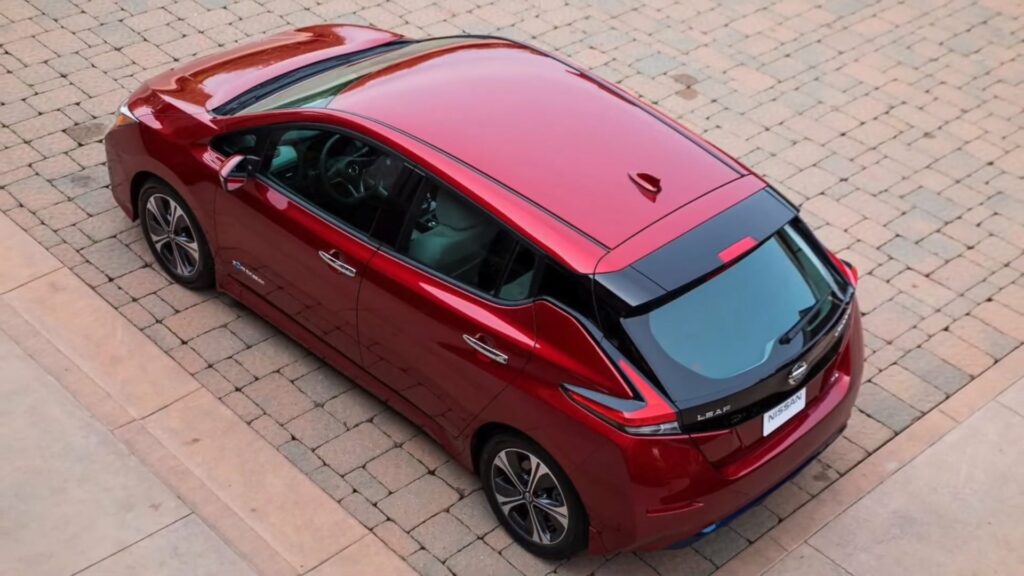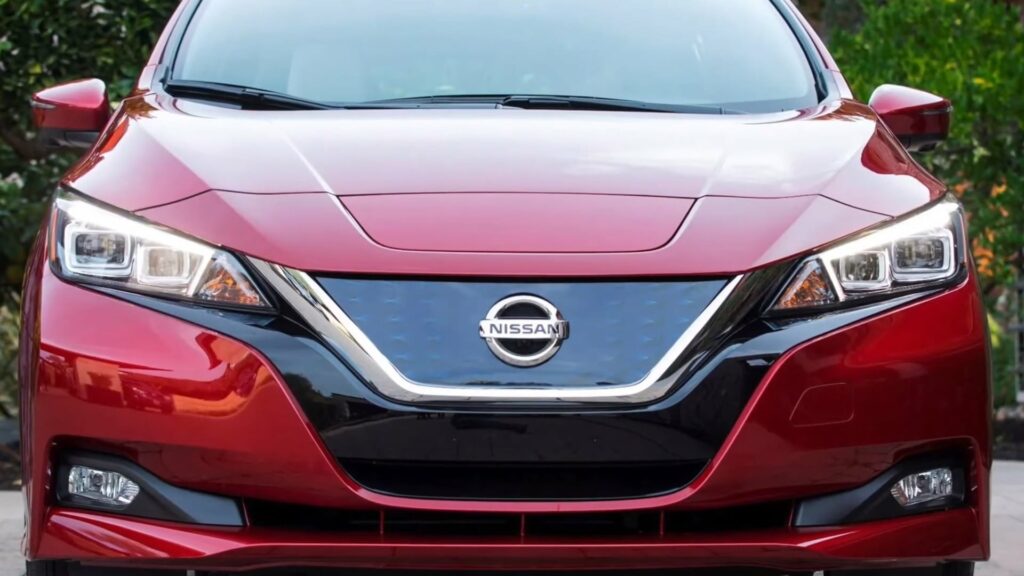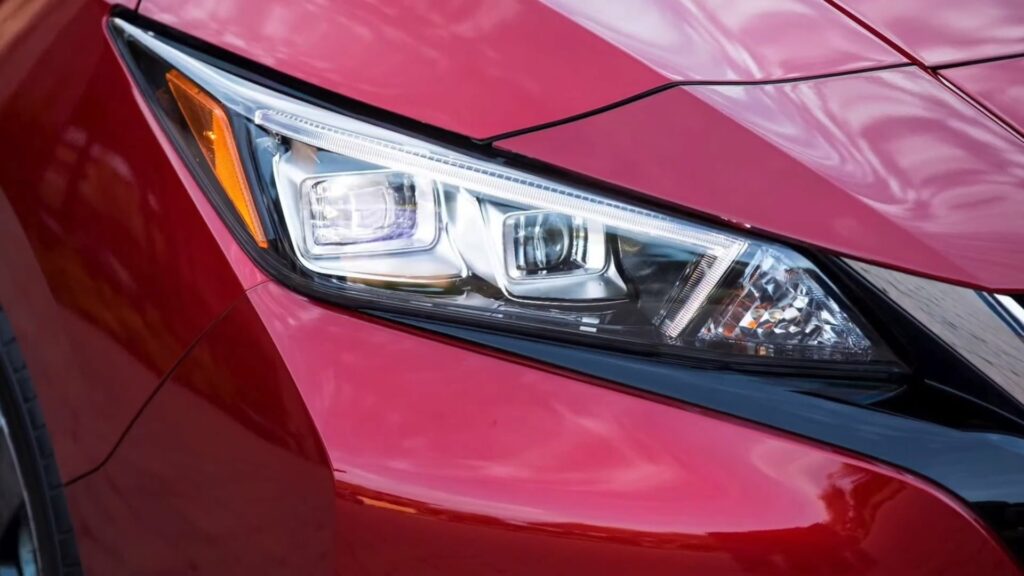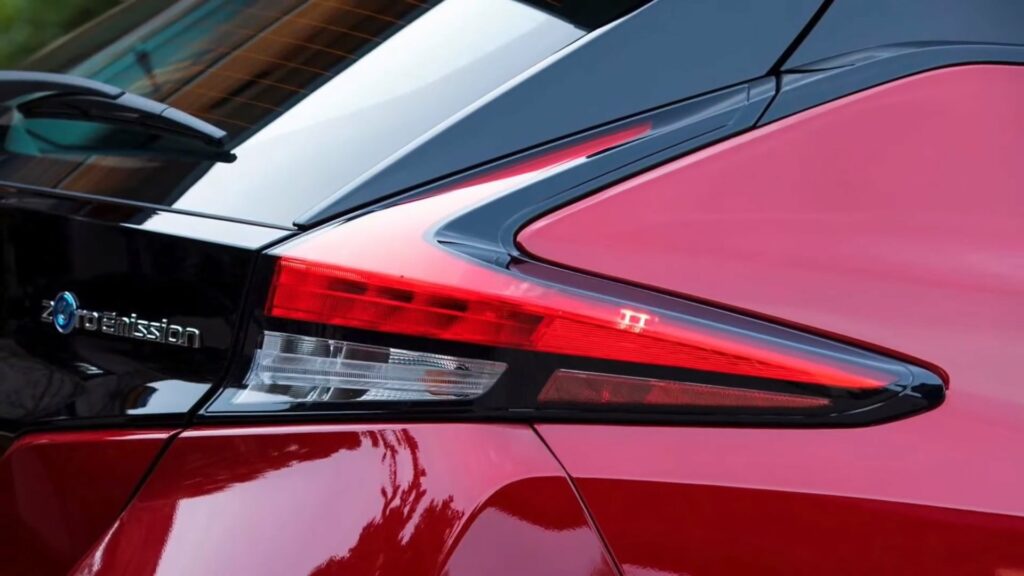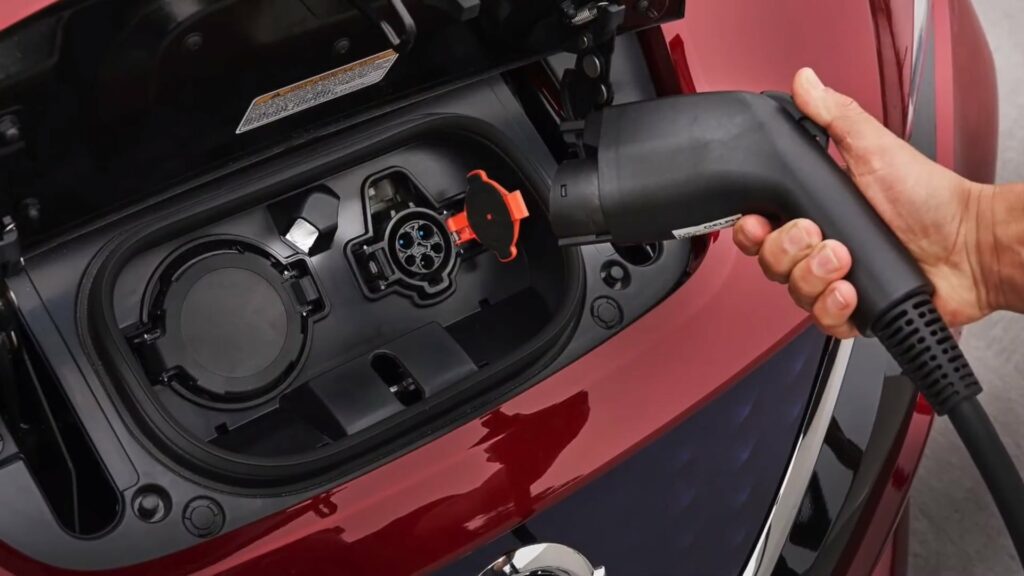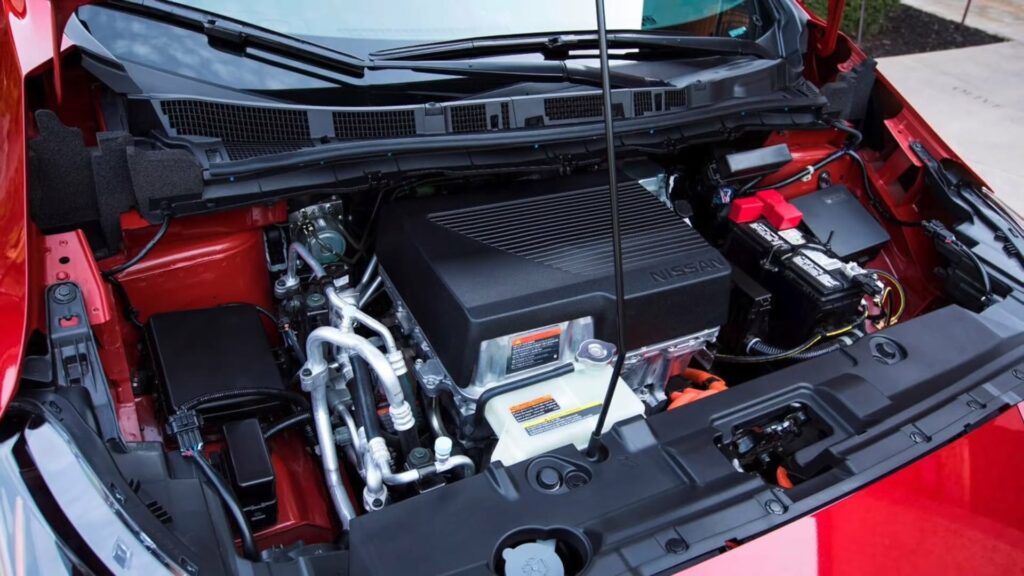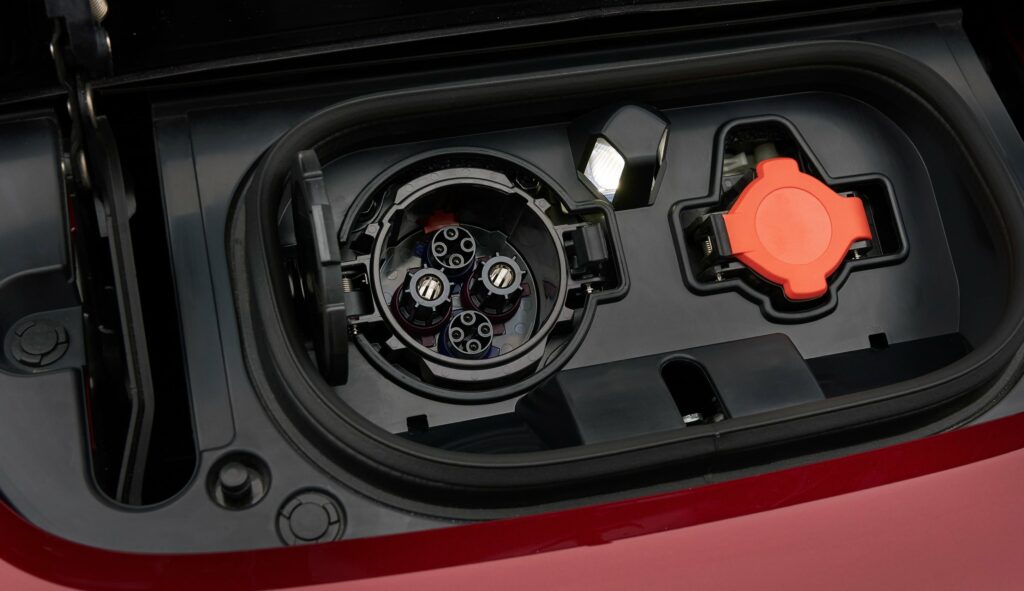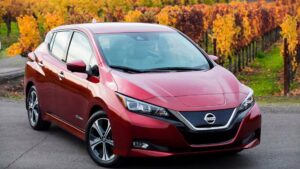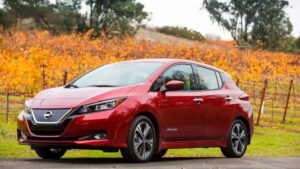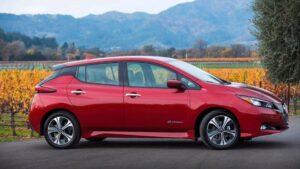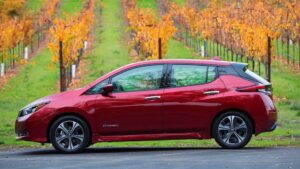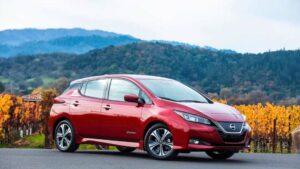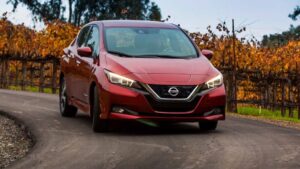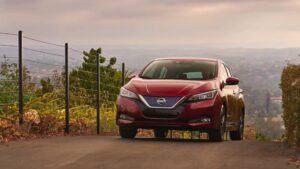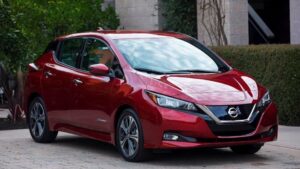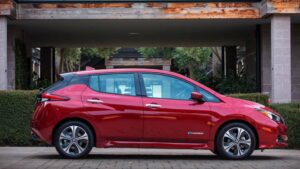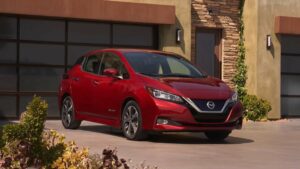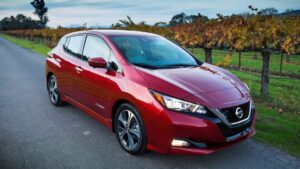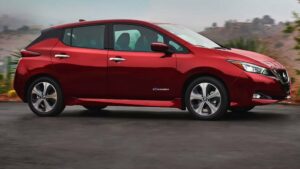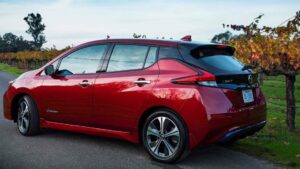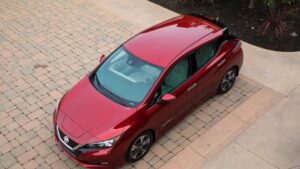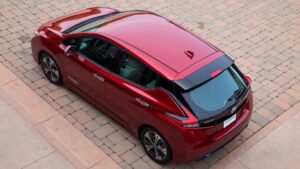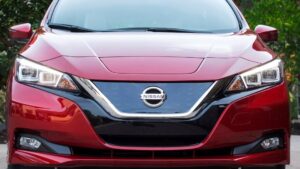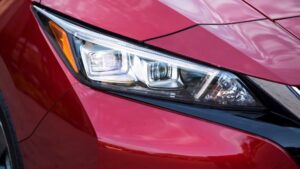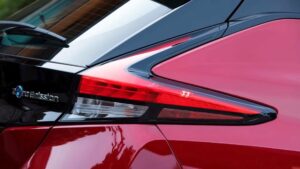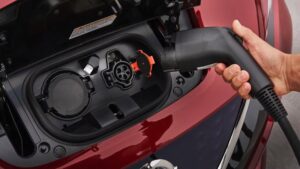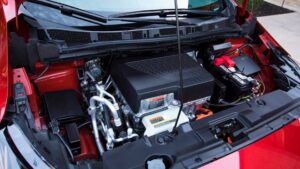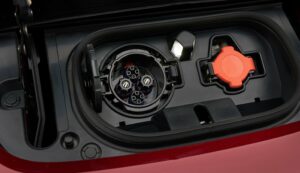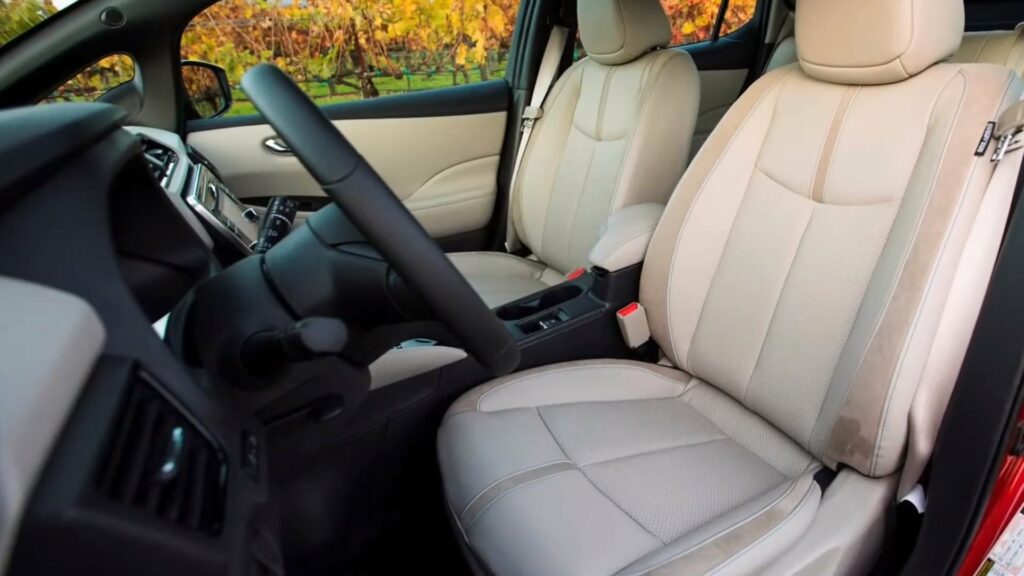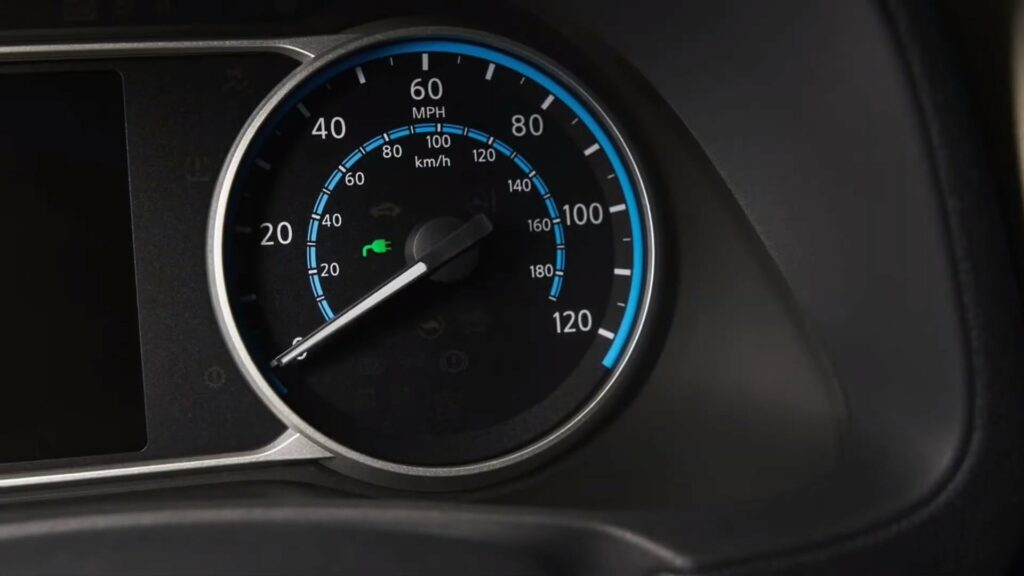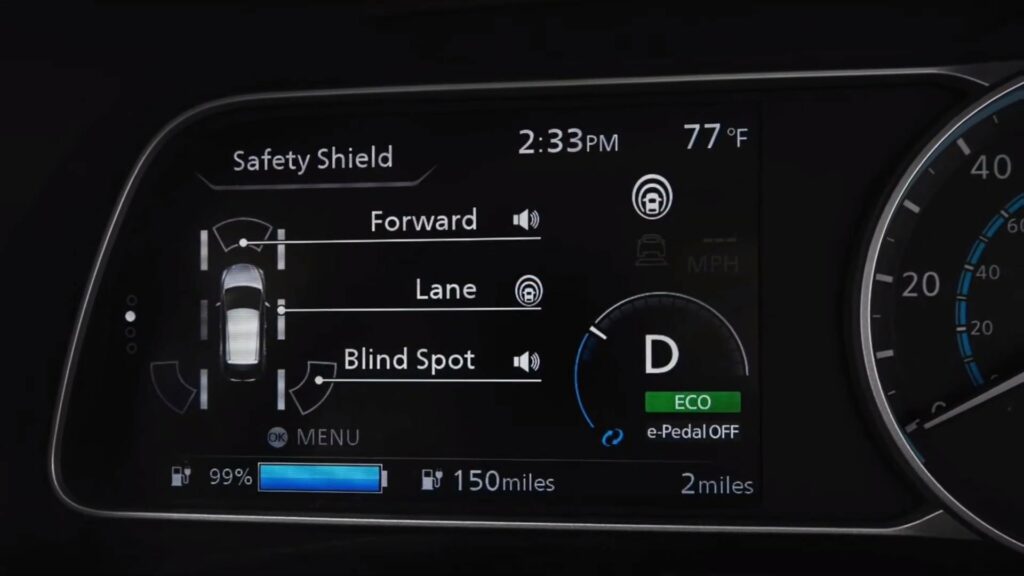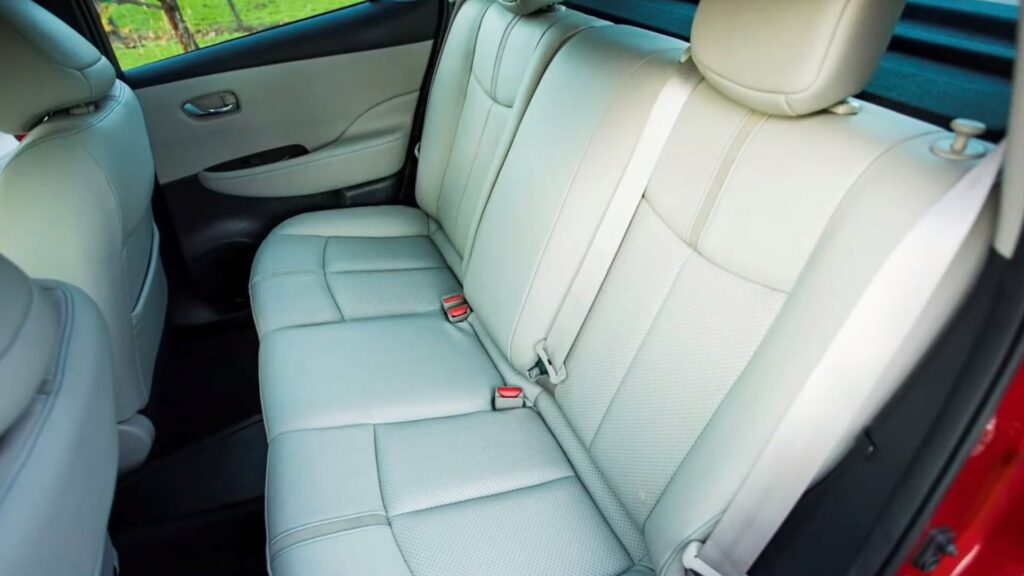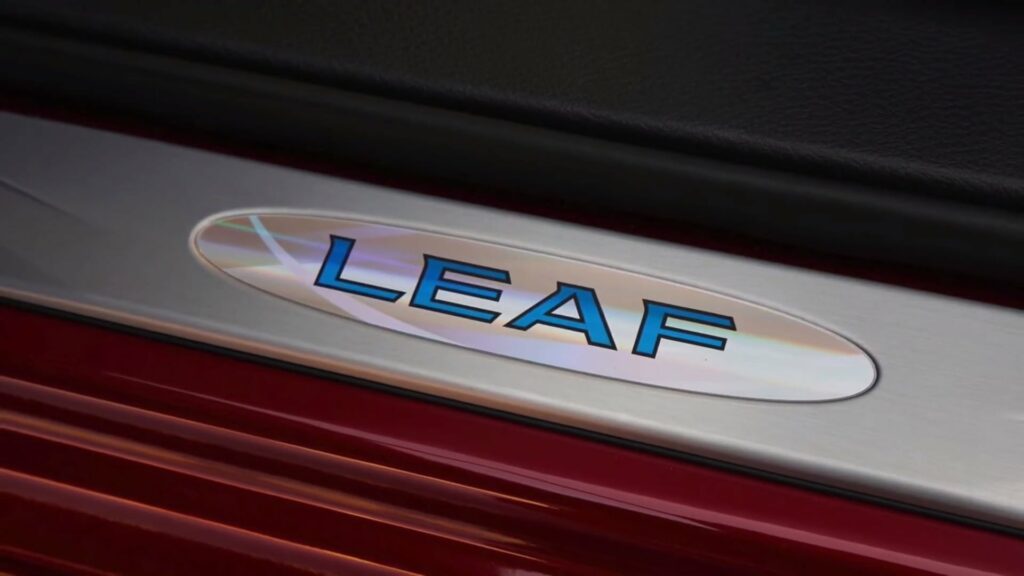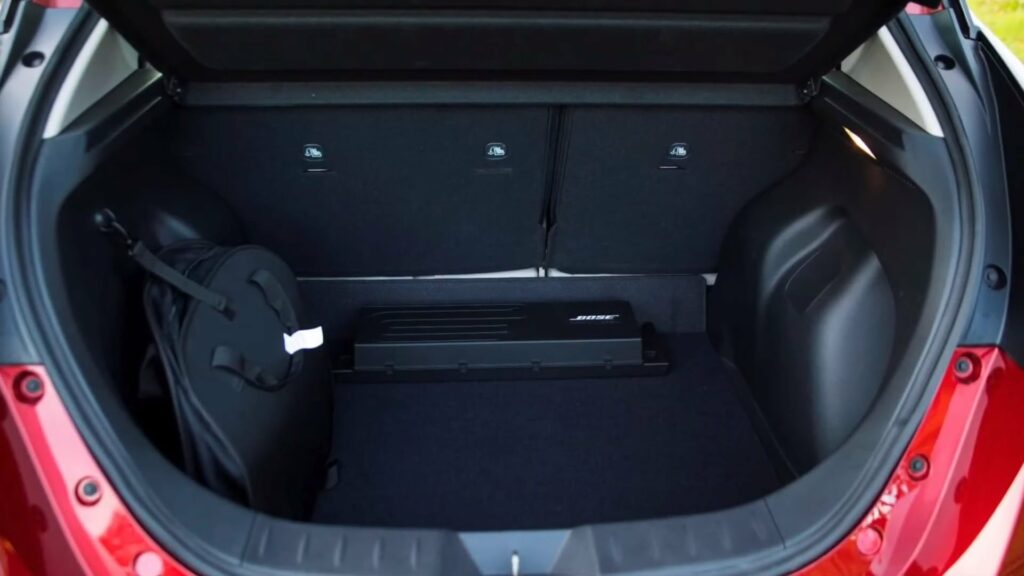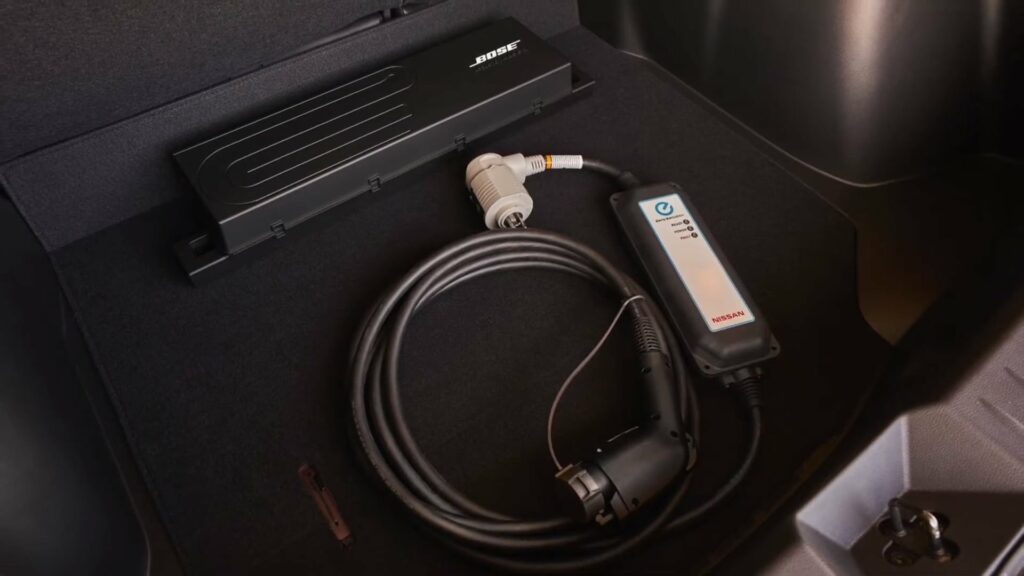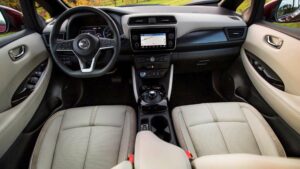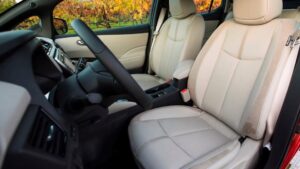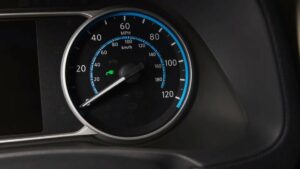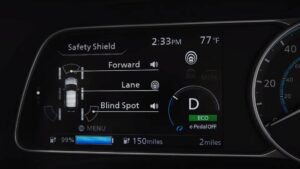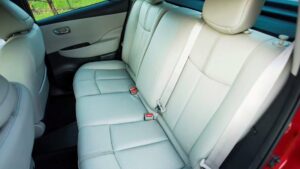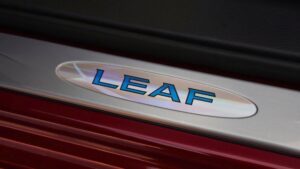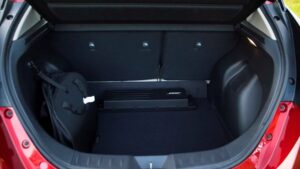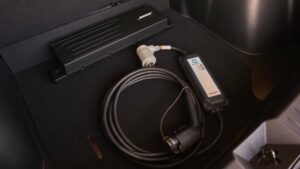Nissan Leaf e+
The Nissan Leaf e+ is an electric vehicle (EV) that was introduced by Nissan in early 2019 as a new and improved version of the popular Leaf EV. The letter “e+” in the name means “extended range,” as the vehicle has a larger battery capacity than the standard Leaf, allowing for a longer range on a single charge.
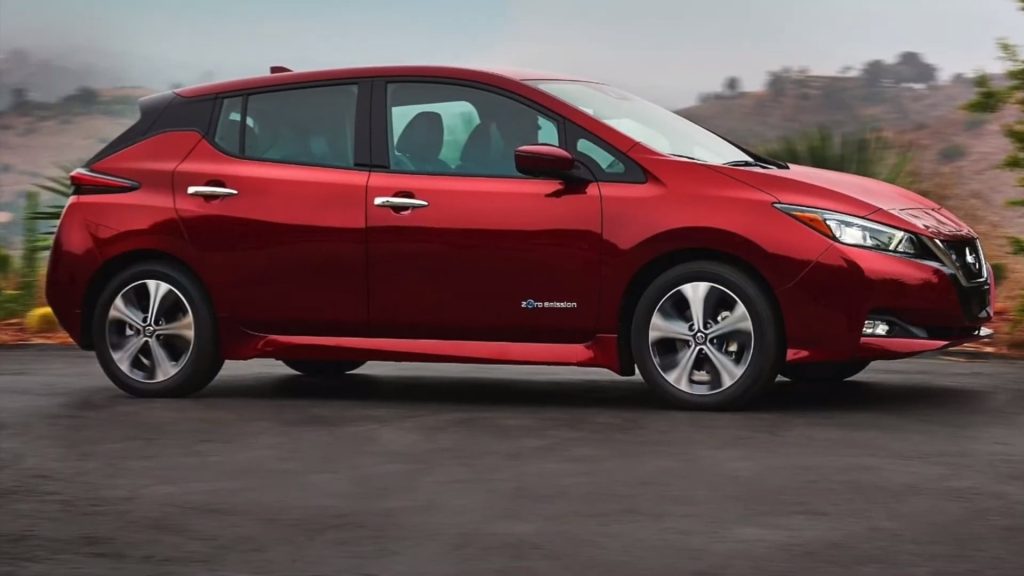
The Leaf e+ has a 62 kWh battery that provides up to 325 km of range on a single charge. That’s significantly more than the standard Leaf – up to 225 km on a single charge. The Leaf e+ is also equipped with a more powerful electric motor with 160 kW, and 340 Nm of torque.
In terms of design, the Leaf e+ is similar to the standard Leaf: a modern and sleek exterior and a spacious and comfortable interior. It is also equipped with advanced features such as ProPILOT Assist, which provides driver assistance on the highway, and e-Pedal, which allows you to operate the car with a single pedal.
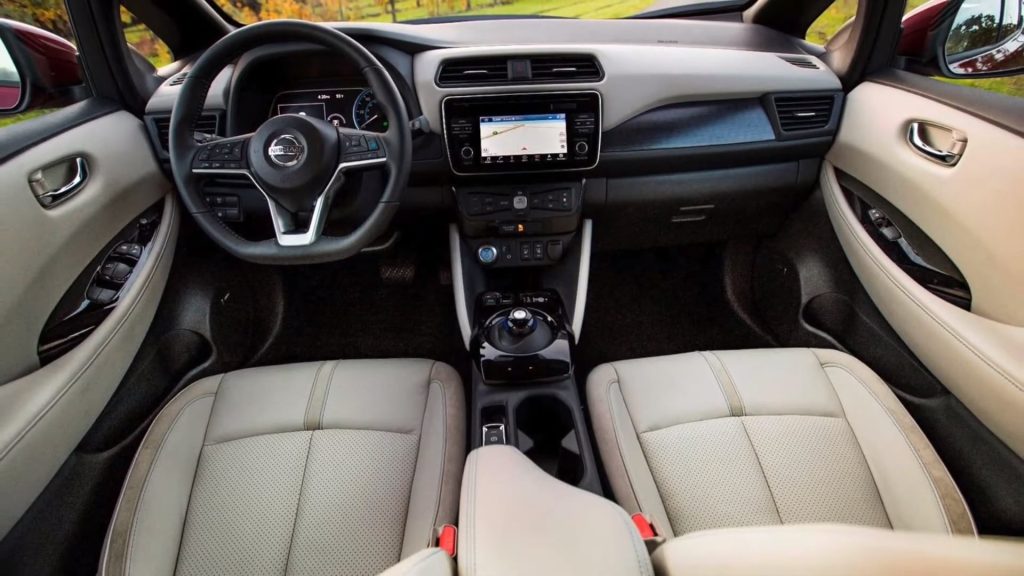
Overall, the Nissan Leaf e+ is a great option for those looking for an electric car with plenty of range, advanced features, and comfortable driving.
| Performance | ||
| Acceleration 0 – 100 km/h | 7.3 sec | |
| Top Speed | 157 km/h | |
| Electric Range | 325 km | |
| Total Power | 160 kW (218 PS) | |
| Total Torque | 340 Nm | |
| Drive | Front | |
| Battery and Charging | ||
| Battery Capacity | 62.0 kWh | |
| Battery Useable | 56.0 kWh | |
| Europe | ||
| Charge Port | Type 2 | |
| Port Location | Front – Middle | |
| Charge Power | 6.6 kW AC | |
| Charge Time (0->325 km) | 10 hours | |
| Charge Speed | 33 km/h | |
| Fastcharge Port | CHAdeMO | |
| FC Port Location | Front – Middle | |
| Fastcharge Power (max) | 100 kW DC | |
| Fastcharge Time (33->260 km) | 35 min | |
| Fastcharge Speed | 390 km/h | |
| Energy Consumption | ||
| EVDB Real Range | ||
| Range | 325 km | |
| Vehicle Consumption | 172 Wh/km | |
| CO2 Emissions | 0 g/km | |
| Vehicle Fuel Equivalent | 1.9 l/100km | |
| WLTP Ratings | ||
| Range | 385 km | |
| Rated Consumption | 180 Wh/km | |
| Vehicle Consumption | 145 Wh/km | |
| CO2 Emissions | 0 g/km | |
| Rated Fuel Equivalent | 2.0 l/100km | |
| Vehicle Fuel Equivalent | 1.6 l/100km | |
|
Rated = official figures as published by manufacturer. Rated consumption and fuel equivalency figures include charging losses.
|
||
|
Vehicle = calculated battery energy consumption used by the vehicle for propulsion and on-board systems.
|
||
| Real Energy Consumption between 115 – 243 Wh/km | ||
| City – Cold Weather | 175 Wh/km | |
| Highway – Cold Weather | 243 Wh/km | |
| Combined – Cold Weather | 204 Wh/km | |
| City – Mild Weather | 115 Wh/km | |
| Highway – Mild Weather | 187 Wh/km | |
| Combined – Mild Weather | 149 Wh/km | |
|
||
| Safety Rating | ||
| Adult Occupant | 93% | |
| Child Occupant | 86% | |
| Rating Year | 2018 | |
| Vulnerable Road Users | 71% | |
| Safety Assist | 71% | |
| Dimensions and Weight | ||
| Length | 4490 mm | |
| Width | 1788 mm | |
| Width with mirrors | No Data | |
| Height | 1545 mm | |
| Wheelbase | 2700 mm | |
| Weight Unladen (EU) | 1756 kg | |
| Gross Vehicle Weight (GVWR) | 2140 kg | |
| Max. Payload | 459 kg | |
| Cargo Volume | 420 L | |
| Cargo Volume Max | 1161 L | |
| Cargo Volume Frunk | No Data | |
| Roof Load | 35 kg | |
| Tow Hitch Possible | No Data | |
| Towing Weight Unbraked | 0 kg | |
| Towing Weight Braked | 0 kg | |
| Vertical Load Max | No Data | |
| Miscellaneous | ||
| Seats | 5 people | |
| Isofix | Yes, 3 seats | |
| Turning Circle | 10.6 m | |
| Platform | No Data | |
| Car Body | Hatchback | |
| Segment | C – Medium | |
| Roof Rails | No | |
| EV Dedicated Platform | No Data |
Home and Destination Charging (0 -> 100%)
A public charging station is required to use the highest possible charging rate. The EVSE/charging station’s charging capacity affects how long it takes to fully charge the battery. The table below shows all possible options for fully charging the Nissan Leaf e+.
In Europe, plugging an electric car into an outlet is often as easy as plugging it into a household outlet, but there are differences from country to country. The table below shows the different ways to charge the Nissan Leaf e+, but in some countries some chargers may not be available.
Type 2 ( IEC 62196)
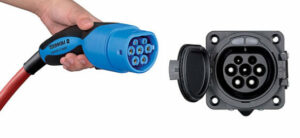
| Charging Point | Max. Power | Power | Time | Rate |
| Wall Plug (2.3 kW) | 230V / 1x10A | 2.3 kW | 28h45m | 11 km/h |
| 1-phase 16A (3.7 kW) | 230V / 1x16A | 3.7 kW | 18 hours | 18 km/h |
| 1-phase 32A (7.4 kW) | 230V / 1x29A | 6.6 kW | 10 hours | 33 km/h |
| 3-phase 16A (11 kW) | 230V / 1x16A | 3.7 kW | 18 hours | 18 km/h |
| 3-phase 32A (22 kW) | 230V / 1x29A | 6.6 kW | 10 hours | 33 km/h |
Fast Charging (10 -> 80%)
If you want to enjoy driving an electric car, one of the most important features to consider is the number of miles per hour the car can travel while charged. This is called the “range” of the car. All electric cars have a certain range, even if they are 100% charged. This is because they do not have an internal combustion engine to lean on if you need to drive a long distance.
Max. Power: The maximum power provided by the charging point
Avg. Power: The average power provided by the charging point during a session of 10% to 80%.
Time: the time it takes to charge from 10% to 80%
Speed: the average charging rate during the session of 10% to 80%
Combined Charging System (CCS Combo 2)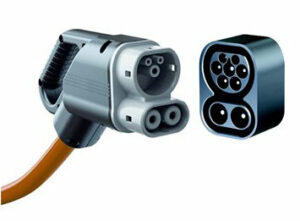
| Charging Point | Max. Power | Avg. Power | Time | Rate |
| CHAdeMO (50 kW DC) | 50 kW | 40 kW | 62 min | 220 km/h |
| CHAdeMO (100 kW DC) | 100 kW | 70 kW | 35 min | 390 km/h |
| Brand | Nissan |
| Model | Leaf e+ |
| Body Style | Hatchback |
| Car Engine | electric |
| Motor power | 160 |
| Maximum Torque, Nm | 340 |
| Battery Energy, kWh | 62.0 |
| Power reserve (NEDC/EPA/WLTP), km | - / - / 325 |
| Level Charging (230/400/DC), hours | - / - / 0.35 |
| Electrical Acceleration, 0-100 km/h (0-62.1 mph) in sec | 7.3 |
| Top Speed, km/h | 157 |
